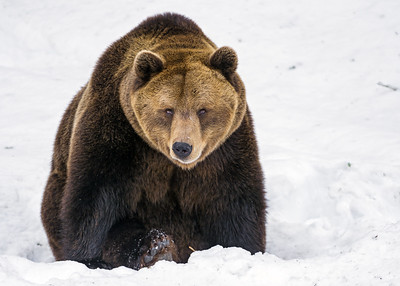By Alec Chaves
If you’ve been following my previous blog posts, you’ll notice I like to talk about skeletal muscle. This is because, in my opinion, skeletal muscle is the coolest and most fascinating organ to study. Not only do skeletal muscles allow you to move, they also release chemicals called cytokines, which communicate with other organs in the body to change how the organs function. The skeletal muscle is also responsible for storing and burning off a large majority of the energy we get from the foods we eat. Generally speaking, the larger our muscles are, the better they are at releasing cytokines and burning and storing energy. This is one of the main reasons why scientists spend a great deal of time trying to prevent the muscle loss that happens as a result of old age, injury, and illness.
The prevention of muscle loss is tricky. Muscle tissue takes a lot of energy to maintain, and it follows the “use it or lose it” principle. In individuals who become less active, muscle mass rapidly deteriorates in a very short timeframe. This “use it or lose it” principle is fairly consistent across other species in the animal kingdom, however nature has a funny way of presenting exceptions to every rule, as is the case for the hibernating bear.

Bear hibernation is a 5-7-month period of little to no wakefulness, very little physical activity, and no eating or drinking. For most species, these conditions are a perfect storm to induce rapid muscle loss, but not for bears. With these observations in mind, scientists are trying to uncover what is going on inside bears’ skeletal muscle to figure out how they prevent muscle loss during hibernation. The reason this type of research is exciting is because if scientists can figure out how bears maintain muscle during hibernation, then they are one step closer to figuring out a way to fix muscle atrophy in humans.
Thus far, scientists have discovered that hibernating bears increase their reliance on using fats from fatty tissue as a fuel source. Bears aso maintain normal levels of amino acids (building blocks of protein) in their blood during hibernation. This is important because the muscle will start “eating” itself for energy when food is limited and/or when it is no longer moving. Recently, a paper in Scientific Reports found that muscle from hibernating bears can increase their ability to take up the amino acids in the bloodstream, which further prevents them from having to use their own muscle protein and amino acids to generate energy. Even though this new research is exciting, the authors are still unsure how bears are able to change their metabolism to spare the muscle amino acids and proteins, and whether it can be applied to humans. However, the discovery of these unique mechanisms that protect bears from muscle loss during hibernation, puts researchers one step closer into finding out how we can help maintain muscle mass and prevent muscle loss in humans.
